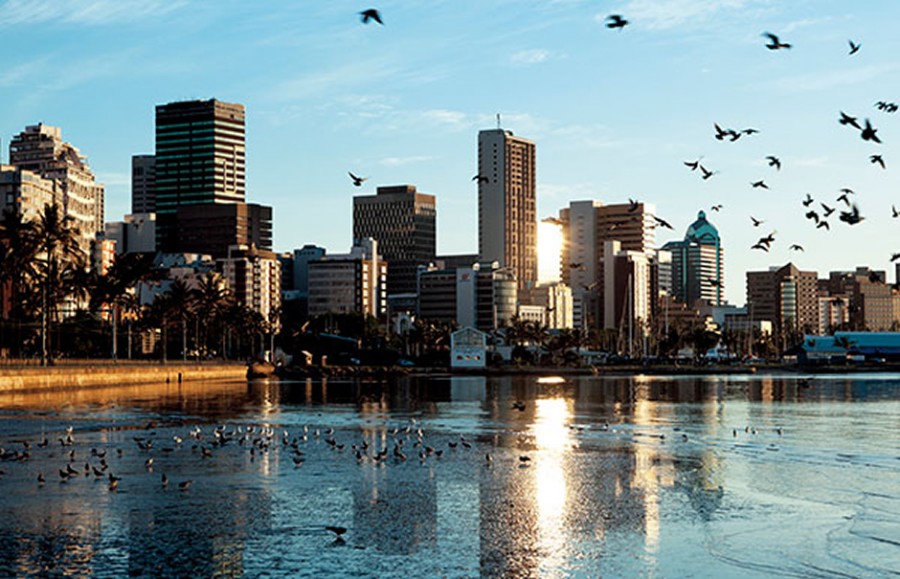
SA’s Cities Full of Young People and Growing Fast
More than half of South Africa’s population is urbanized – as much as 64 percent, in fact – and most of these people are under the age of 40, according to recently released figures. Based on the 2015 City Brand and the Mastercard African Cities Growth indices, South Africa’s five major cities are home to over 15 million residents. Johannesburg, […]
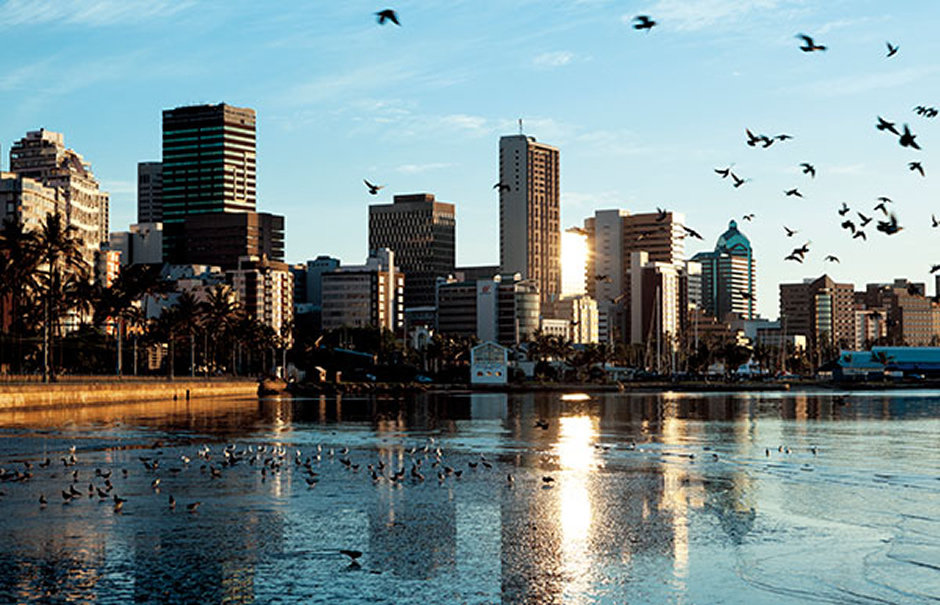
More than half of South Africa’s population is urbanized – as much as 64 percent, in fact – and most of these people are under the age of 40, according to recently released figures.
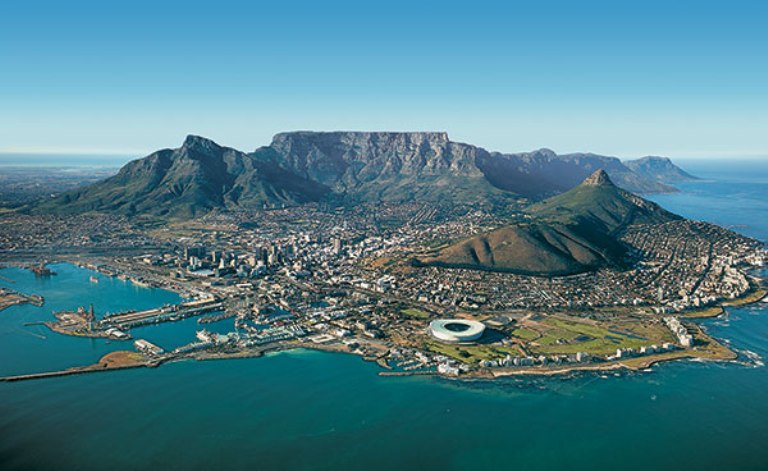
Based on the 2015 City Brand and the Mastercard African Cities Growth indices, South Africa’s five major cities are home to over 15 million residents. Johannesburg, Cape Town and Durban are known for their affordability and healthy job market, but the report concluded that the country’s social and economic challenges are obstacles for businesses wanting to enter these cities.
Here are some of the highlights from the report, South Africa’s population is urbanised at a rate of 60 percent to 64 percent. Johannesburg, the African city with the largest economy, is not expected to generate equitable growth but is expected to remain the African city with the most high income earners up to 2030, when it should also be overtaken by Lagos and Cairo in economic size.
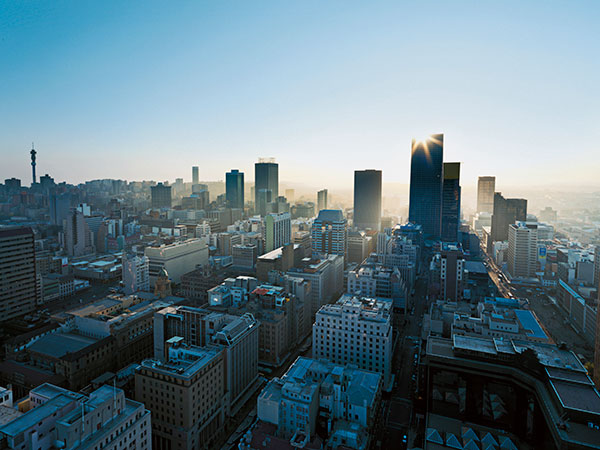
Out of a population of 54 million, more than 39 million are under the age of 40, and most of them live in cities.
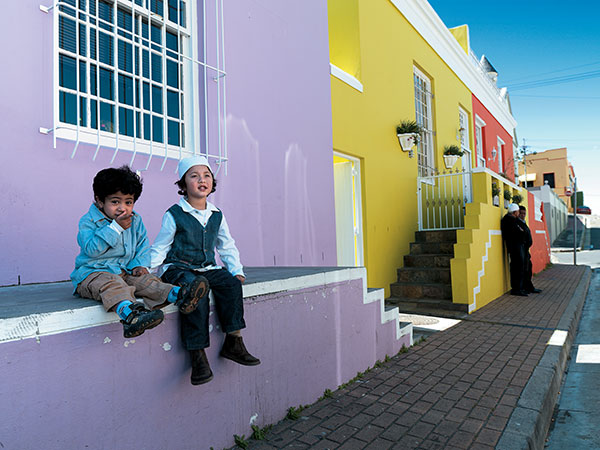
South Africa has a much higher level of urbanisation than China (at 54 percent), India (at 32 percent), and Nigeria (at 47 percent). Despite this, some cities like Port Elizabeth, pictured below, have low growth potential. Cape Town, Durban, Johannesburg and Tshwane are in the medium-low growth potential bracket. Cities with high growth potential include Maputo, Casablanca, Lagos, Abidjan and Dar es Salaam.
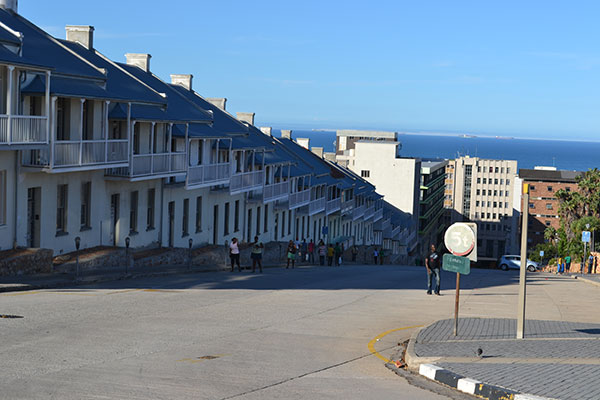
South African cities, the report found, are renowned for their natural beauty and cultural diversity.
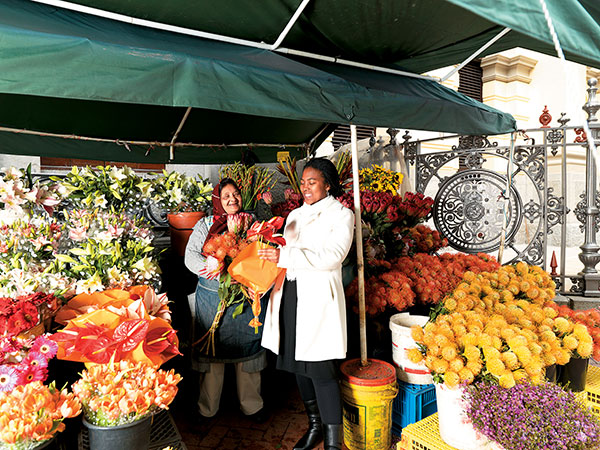
South Africans, meanwhile, are regarded as hard-working and respectful of traditions, as seen below in a Durban textile store.
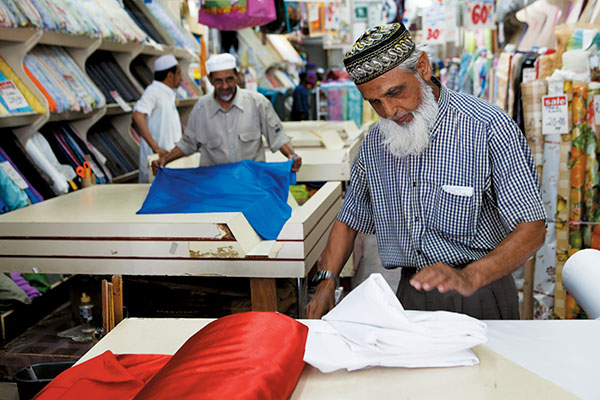
Durban, the report said, is praised for its cleanliness.
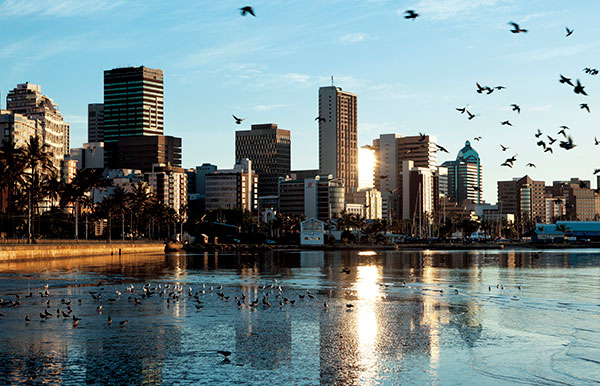
Johannesburg, with a population of 4.4 million, is known for its educational offerings and contribution to the world. The city’s spend on transport services and vehicles is double that of Lagos, but Lagos’s spend on food and non-alcoholic beverages is five times greater than in Johannesburg.
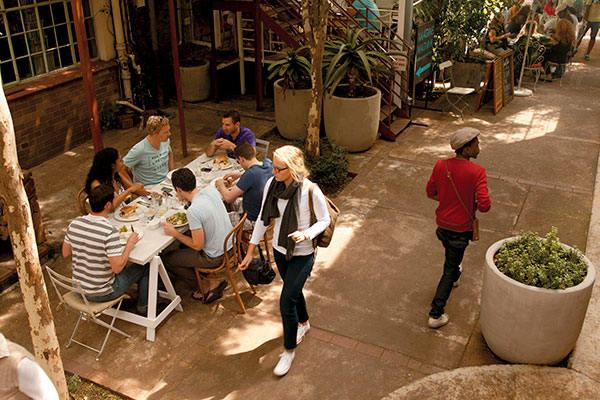
Cape Town’s 3.7 million people are praised for their open culture and interesting tourism offerings. The city also received high scores for its affordability and overall familiarity.
However, “The South African cities of Cape Town, Durban, Johannesburg, Port Elizabeth and Pretoria have all shown marked declines in their rankings, falling to the bottom half of medium to low growth cities, and in the case of Port Elizabeth, to low growth levels. Their positions are the result of decreasing economic growth and household consumption, and the more fundamental problems of labor inefficiency, low productivity, high unemployment, decreasing competitiveness and poor education.”
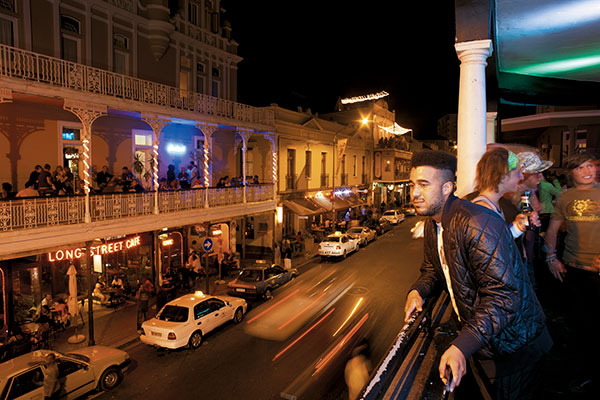
Johannesburg and Cape Town lead their competitors Mexico City (46th), Cairo (47th) and Istanbul (45th), with Durban behind.
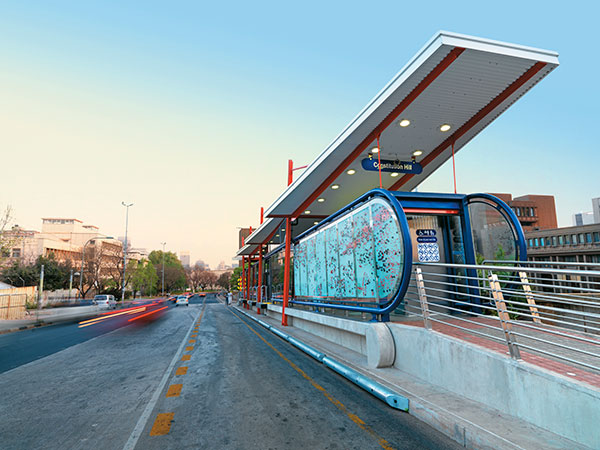
“It is only in areas of established infrastructure – financial and physical – and relatively high levels of governance, that the South African cities retain the potential to improve the economic well-being of their growing populations. It is estimated that 80 percent of South Africa’s population will be living in cities by 2050,” the report said.

Partly sourced from MediaClubSouthAfrica.
